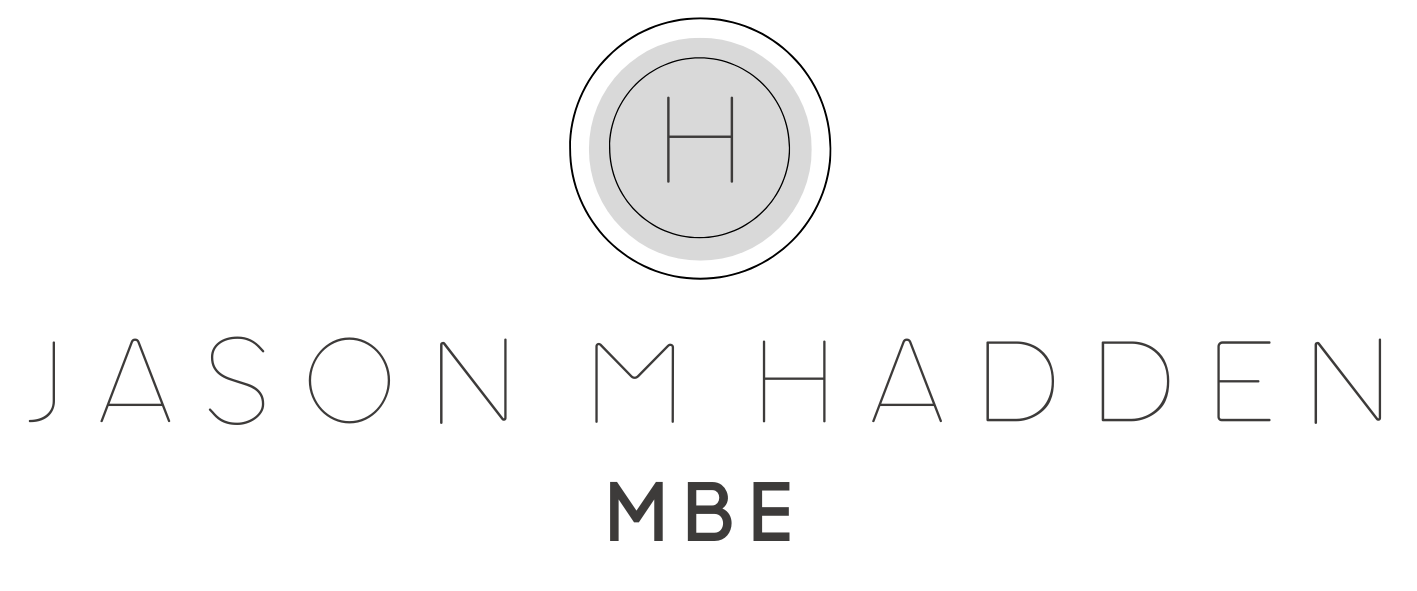A couple of weeks ago I posted a definition of controlling behaviour. Sadly this level of abuse often goes hand in hand with coercive behaviour. Again, this is only a general, but hopefully helpful definition of coercive control.
Coercive control is a form of emotional and psychological abuse that involves the use of manipulative tactics to control and dominate a victim.
It often involves a pattern of behavior that systematically undermines the victim's sense of self-worth, independence, and autonomy.
Coercive control can take many forms, including isolating the victim from friends and family, monitoring their movements and communications, dictating what they wear or how they look, controlling their finances, and using threats, intimidation, or physical violence to maintain control.
It can start small and grow day by day, week by week.
Victims of coercive control may often feel trapped and unable to leave the relationship, as the abuser may have systematically undermined their sense of self-worth and independence over time. They may also fear for their safety if they try to leave or resist the abuser's control.
It is important for victims of coercive control to seek help and support, whether from friends and family, a therapist, or one of the very many helpful domestic abuse hotlines. The police can and should also help.
Specialist solicitors can help and apply for non-molestation orders. It is also, within PD12J relevant in the family courts.
It is important for victims to understand that they are not alone, and that help and resources are available to support them in breaking free from the cycle of abuse

